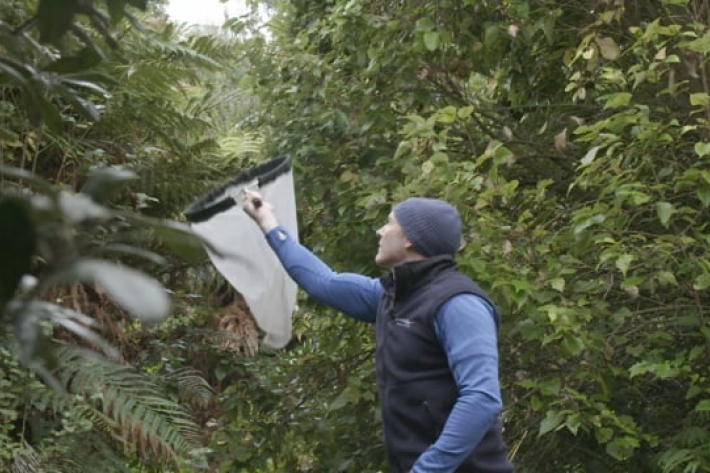-
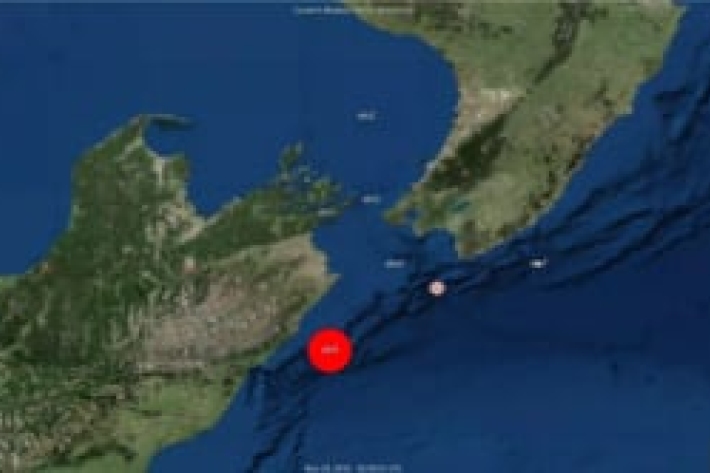
Cuvier’s beaked whales (Ziphius cavirostris) in Cook Strait, New Zealand
Cuvier’s beaked whale (Ziphius cavirostris) calls detected by acoustic recorder stationed in Cook Strait, New Zealand from December 2016 to January 2017. -
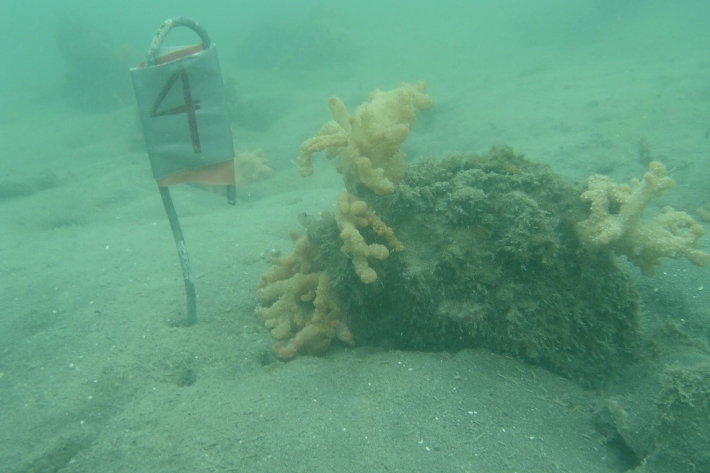
Biological traits, a new tool for estimating ecosystem health and vulnerability
Research ProjectBiological traits analysis is a valuable tool for measuring ecosystem function. -
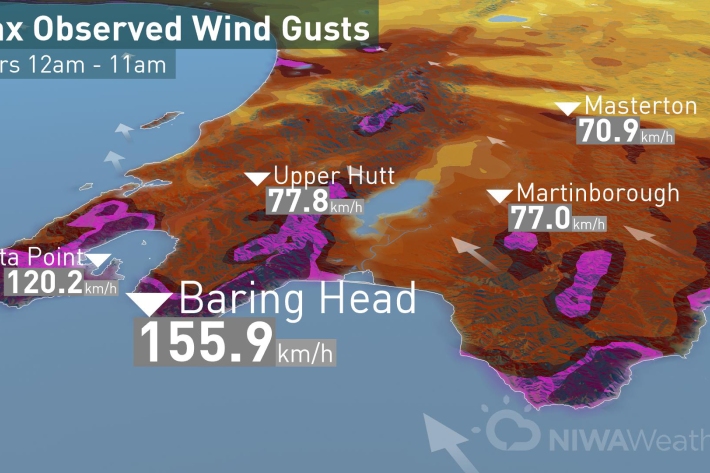
So far, so stormy
Media release13 July 2017Today’s low came spinning off the coast of Hawke’s Bay funneling strong winds through the Cook Strait and hitting Wellington region with strong winds before moving on to Taranaki and Auckland this afternoon. -
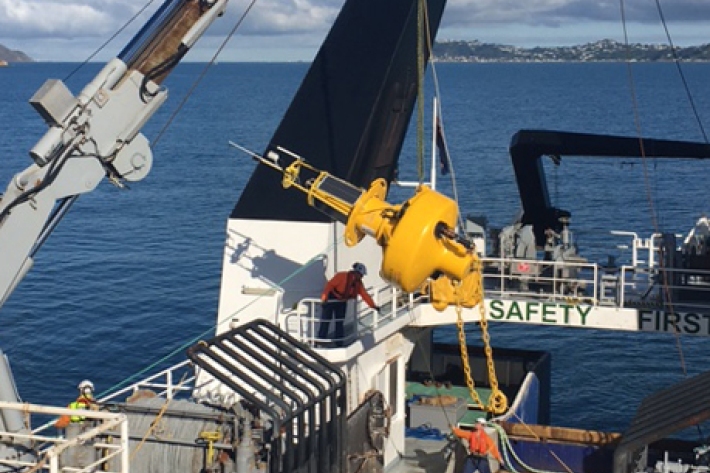
New buoy for Wellington Harbour to boost water quality information
News article10 July 2017A buoy with the ability to “phone home” has been deployed in Wellington Harbour today to monitor currents, waves and water quality in the harbour. -

Rare octopus turn up at NIWA
Media release03 July 2017NIWA’s Marine Invertebrate Collection has welcomed two extremely rare octopus that have only just been provisionally identified. -
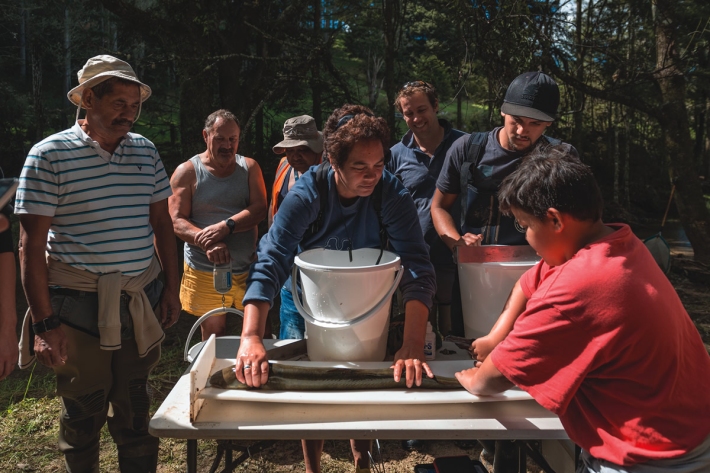
Hapū joins forces with NIWA in tuna research
Feature story20 June 2017Local hapū and NIWA are working together to find out more about juvenile freshwater eels or tuna in streams connecting to the Wairua River in the Wairoa catchment in Northland. -
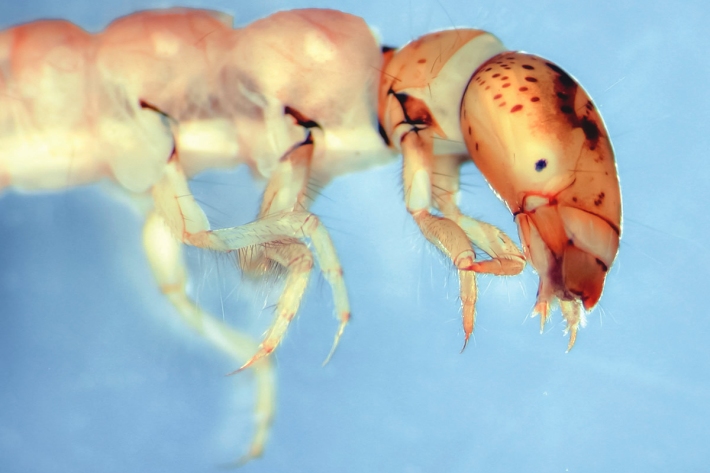
Q&A: Another way to measure river health
Feature story20 June 2017There’s another way of measuring the health of rivers – the health of invertebrate populations that need them, says John Quinn, NIWA Chief Scientist, Freshwater
and Estuaries. -

Erica Williams - Where the water is clean
Feature story20 June 2017Erica Williams' story starts with the website of Moerewa School, where pupil Tyra-Lee explains her connection to a very special place in her small Far North town. -

Raising the bar for swimmable rivers
Feature story20 June 2017The government has released the ‘Clean Water’ package of proposed reforms, aimed at making more of our rivers swimmable. But how is ‘swimmable’ to be measured, and do these measures stack up? -

Calculated risk
Feature story13 June 2017Imagine if you could foresee what would happen to your home in a severe flood or tsunami, and then work out how to prevent or reduce the impact before any such event occurred. -

Dairy turns the corner
Feature story11 June 2017NIWA's Freshwater and Estuaries Chief Scientist Dr John Quinn believes the dairy industry has been responsive in the tools it has adopted to reduce its impact on waterways.

